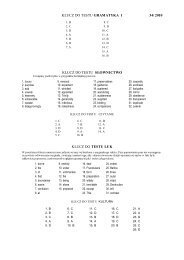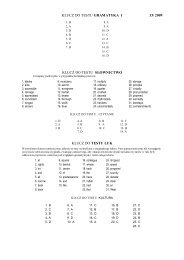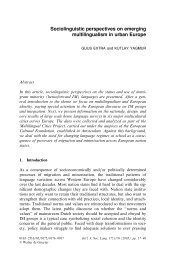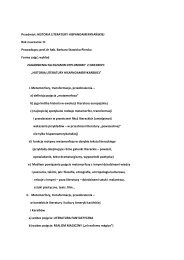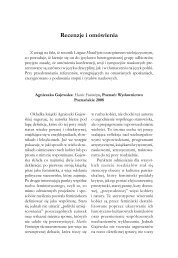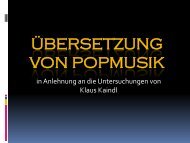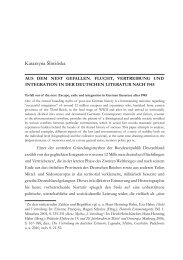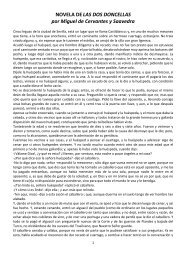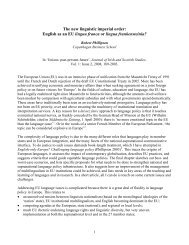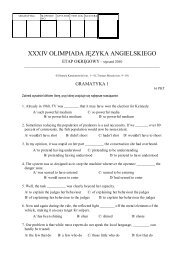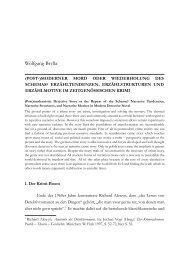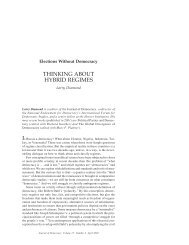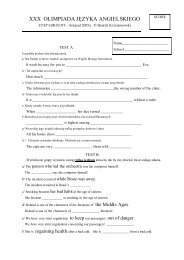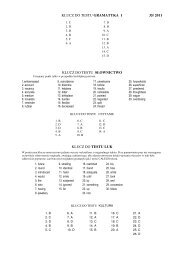36 oja final test.pdf
36 oja final test.pdf
36 oja final test.pdf
You also want an ePaper? Increase the reach of your titles
YUMPU automatically turns print PDFs into web optimized ePapers that Google loves.
Communism in fact proved not the opposite of Nazism, but its kindred spirit. In obedience to Stalin,<br />
the German Communist party played Hitler’s game by helping to destroy the moderates, the Social<br />
Democrats, in a tacit collaboration with Nazism that the Hitler-Stalin Pact of 1939 brought into the<br />
open, and that made world war inevitable. In the last years of peace, living in Paris, Koestler came to<br />
realize that Communism was essentially a religious rather than a political phenomenon; it was a new<br />
faith based on Soviet mythology. The doctrine held that the ends justified the means, and that, he<br />
concluded, was the root of its evil.<br />
Liberated from the Party and in possession of inside knowledge of its workings, Koestler sat down to<br />
write Darkness at Noon. He modeled his hero Rubashov on Bukharin and Radek and other victims of<br />
Stalin’s recent and terrifying show trials. They were palpably not guilty of the accusations against<br />
them but confessed nonetheless. An astounded world wondered why they had consented to their own<br />
judicial murder. In Koestler’s account, the Party has higher but hidden reasons for demanding that<br />
these men confess to crimes they could not have committed. Since by definition the Party can do no<br />
wrong, their self-incrimination is a last service to it. “Die in silence” is a refrain running through the<br />
novel. The reality was far simpler: These unfortunates were tortured and their wives and families<br />
victimized because a paranoid Stalin saw them as rivals. Nonetheless this imaginative depiction of<br />
Communism in practice proved more powerful than any number of polemics, and soon gave Koestler<br />
his international reputation.<br />
5. Koestler's opposition to Communism was based on his...<br />
A/ ethics B/ religion C/ biography D/ knowledge of history<br />
6. Koestler was able to expose Communism by ...<br />
A/ alerting the public to the show trials<br />
B/ revealing the true motives behind the purges<br />
C/ his credibility as a former sympathizer<br />
D/ the artistic strength of his narrative<br />
7. The text suggests that the German communists...<br />
A/ had a secret agreement with Hitler prior to 1939<br />
B/ could have prevented the war<br />
C/ welcomed the Stalin-Hitler pact<br />
D/ shared some political objectives with Nazism<br />
8. In comparison to its real-life version, Rubashov's story was somehow...<br />
A/ demonized B/ romanticized C/ brutalized D/ simplified<br />
9. In his novel, Koestler shows the victims as ...<br />
A/ stripped of their faith<br />
B/ too weak to bear suffering<br />
C/ ready for the ultimate sacrifice<br />
D/ caring for their families<br />
6



